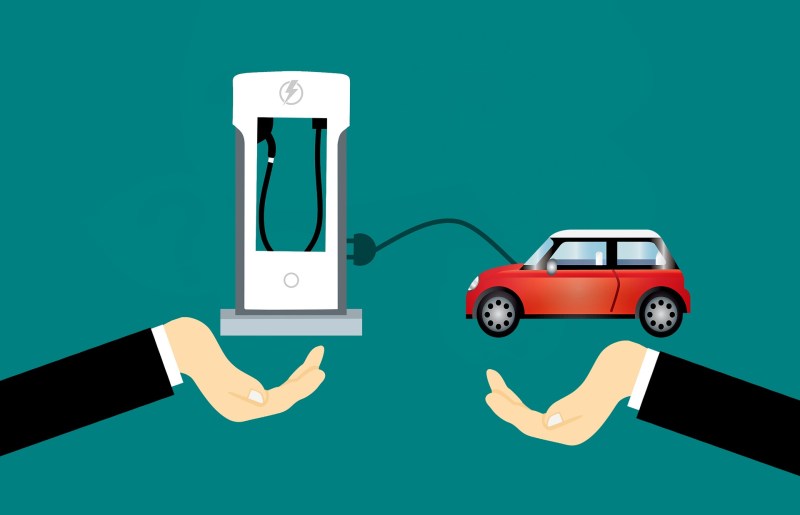Solid-state electrolyte lithium batteries have the capabilities to recharge faster and resist flame, compared to the liquid-state lithium batteries that are used today. However, they have been in development for years due to their failures.
In a study published on Jan. 30, Stanford researchers at the SLAC National Accelerator Laboratory found that even the smallest bending or twisting of the battery could generate cracks in the solid electrolyte, which would lead lithium metal to intrude, filling those cracks, causing a short circuit. The research showed that particles as small as a speck of dust could produce enough mechanical stress to cause cracks in the battery, leading to failures like short circuiting.
“This is a big problem with the solid-state electrolytes,” said Wendy Gu, an assistant professor of mechanical engineering who co-directed the research. “The main problem is mechanical failures — when they do fail, it’s because cracks show up [in the battery]. It’s a very traditional type of problem but applied to a new material that’s really relevant to energy systems today.”
In the study, the researchers applied different forces with an electrical probe on a solid electrolyte; this simulates a miniature battery undergoing different mechanical stresses that the battery may face as a result of bending and twisting. By using an electron microscope, they were able to observe the lithium growth as the perturbed battery was charging.
Findings reveal that the pressure level of the probe, which mimics mechanical stress on a battery, can affect the cracking in the battery: when the battery was gently touched, the lithium gathered evenly, but when the probe was pushed a little into the battery, nanoscopic fractures formed, which led lithium to fill the cracks, leading to short circuits.
“This [probe] generates a stress gradient,” said Teng Cui, a postdoctoral scholar in mechanical engineering who was a co-lead author in this study. “In this way, we can probe how different stress affects the lithium plating. We found that this small amount of strain at different locations plays a role in terms of how it changes the propagation of the crack.” Even with just a 0.070% compressive strain, the researchers found that this nanoscopic level of stress was enough to cause cracks in the battery.
This research is one step further in shedding light on the problems with solid-state electrolyte batteries. Better understanding of how solid-state electrolyte batteries behave under different physical constraints allows scientists to advance toward commercialization of the technology, which could have major uses in electric vehicles, among other categories.
“This study basically just helps enlighten the fact that surface defects are really bad on the solid-state battery,” said Sara Ha, a fourth-year Ph.D. student in mechanical engineering that is not affiliated with this study. “It’s confirming that we need to have more coating on the solid electrolyte and we need to be really careful during the manufacturing process to not have any defects.”
The publication of this study has opened up investigations into the nuances of the impact of defects on solid state lithium ion batteries. According to Gu, one future study in the works is trying to understand how the forces are distributed within the cracks that form on the batteries.
“We’re excited to continue this line of research,” Gu said. “I really hope this work can contribute to developing better batteries in the future. If we can use this information to design a better battery, tailor the chemistry, tailor the arrangement of the grains within the material and how the battery is cycled, I think we’re going to have something that is workable in the near future.”
